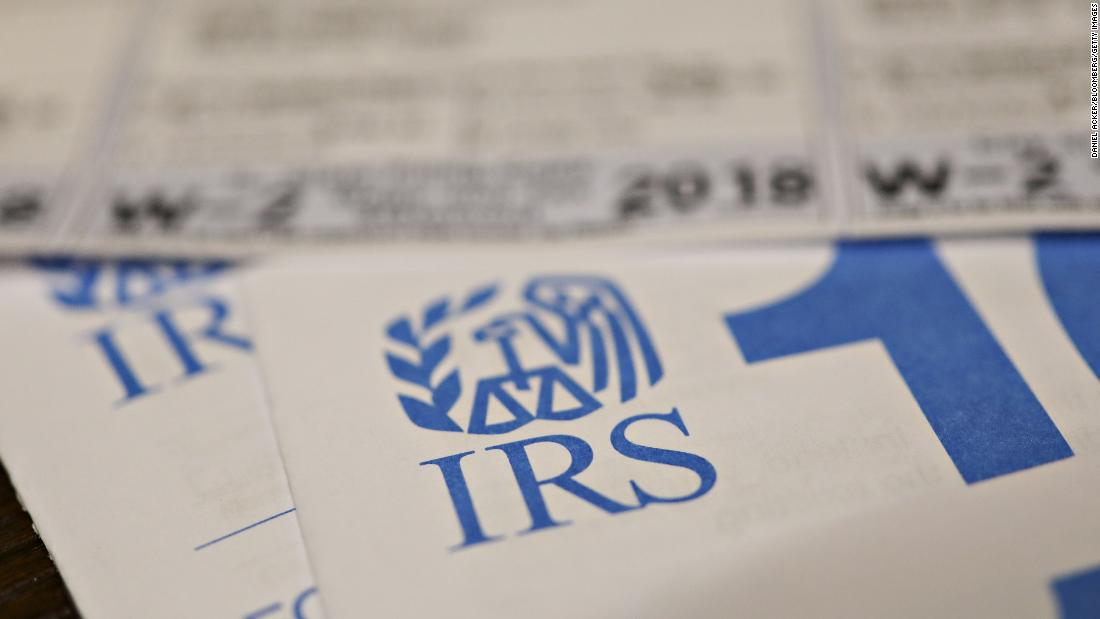[ad_1]
Let’s start with the big one. While most Americans are paying less in taxes overall, many have been startled to find that their refunds have barely changed or are down — making them feel like they lost, even if they’re still coming out ahead.
Below are some other ways to look at who is winning and losing under the law. And please take note: It’s possible to both win and lose at the same time.
Slightly less than 30% of filers will see very little change in their tax liability and a small percentage, about 6%, will see an increase. These tax rate cuts for individual filers are not permanent like the corporate tax cuts, but they’ll be in place until 2025.
But while most Americans got a tax cut, most people don’t seem to understand they got one. According to an NBC News/Wall Street Journal poll out this week, only 17% of Americans think they’re getting a tax cut while 28% said they will pay more.
Winning: Most rich people
The new tax law’s benefits are tilted toward the wealthy, who will generally see greater benefits than other Americans.
Most people in the bottom 20% income-wise will see little or no change in their tax liability, according to that report.
Losing: Some rich people, probably in blue states
About 14% of rich people making more than $1 million will see a tax increase. They’re likely to be concentrated in states with high state and local taxes and they possibly have multiple homes. They used to be able to deduct a lot more of their state and local income taxes from their federal returns. Now those deductions are capped at $10,000.
Really winning: Heirs of rich people
Still winning: Investors
The rates for capital gains taxes did not change in the tax law and remain lower than the rates for wage income. So people making money primarily off investments will continue to pay less in taxes than people who depend mostly on salary income.
Winning: Trump, maybe, although some other business owners won’t win as much
Most small business owners (and a lot of not-so-small business owners) include their profits on personal income tax returns instead of paying as corporations. Trump is presumably among these, although it’s impossible to know since he has kept his tax returns from public view.
Winning: Red state filers who depend on refunds
According to preliminary data from H&R Block, it is mostly red states, those that voted for Trump in 2016, who are getting the largest bump in tax refunds.
Losing: Blue state filers who depend on refunds
In the preliminary H&R Block data, some of the states with the largest decreases in tax liability are blue states with high state and local taxes, like New Jersey, California and Massachusetts. Filers in these high tax states averaged some of the largest tax cuts. They also saw some of the largest average decreases in refunds.
Losing: People who thought a tax cut would mean a bigger refund
The government paid $6 billion less in refunds through March 29, according to the IRS, although the average refund, according to its data, is $2,873 and has shrunk less than 1% compared with last year.
Losing: People who aren’t getting a refund but maybe thought they would
Winning: People doing their own taxes
Winning: People taking the standard deduction
Losing: Washington, DC, tax filers
The capital is seeing the largest average refund drop, at 6.1%. It is also seeing the smallest decrease in average tax liability, 18% — which is indeed a cut, but the smallest, on average, in the country.
Winning forever: Corporations
They got a massive rate cut, from 35% to 21%, starting in 2018 that’s permanently enshrined in the new law.
Losing: The US Treasury
[ad_2]
Source link

